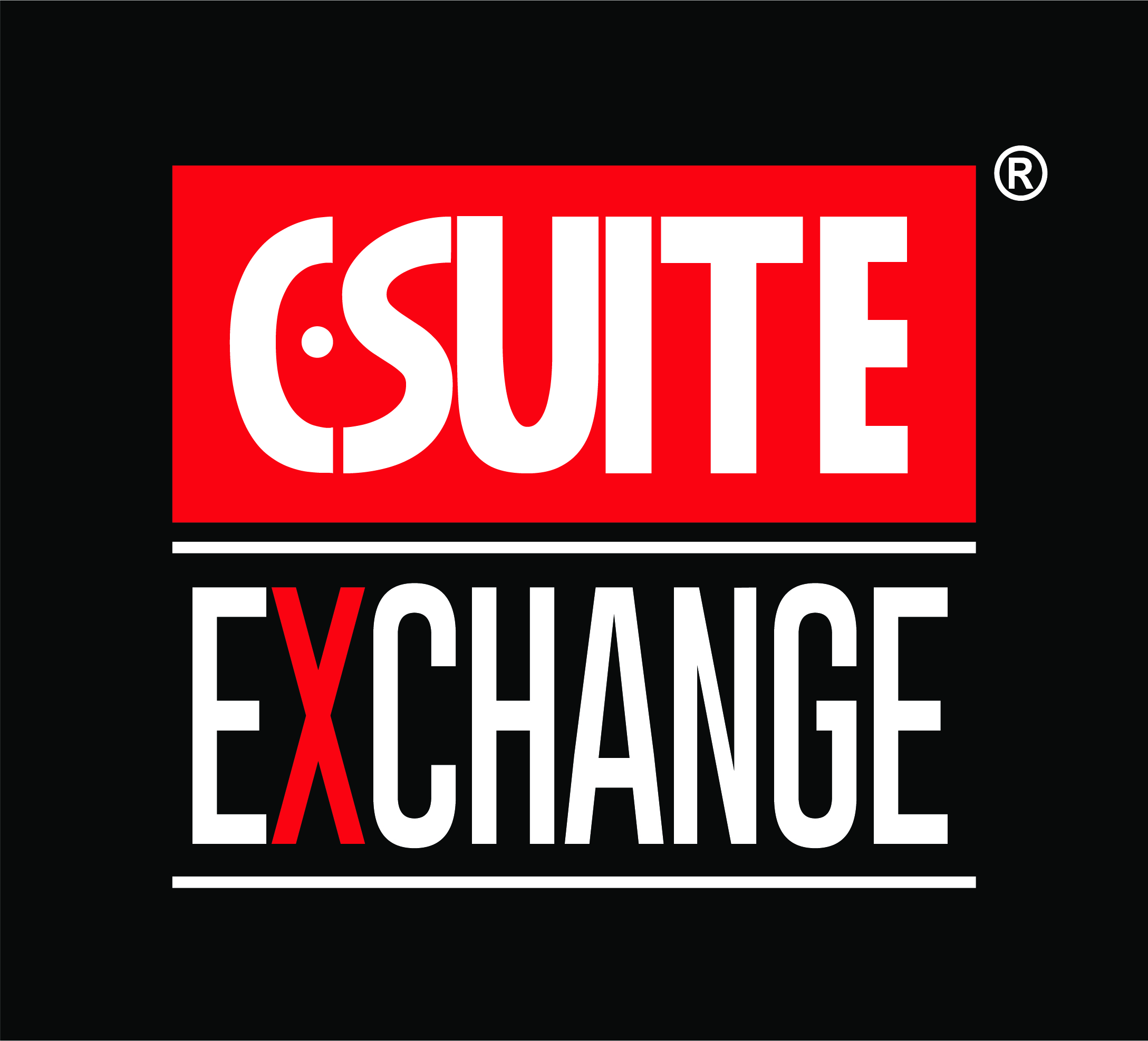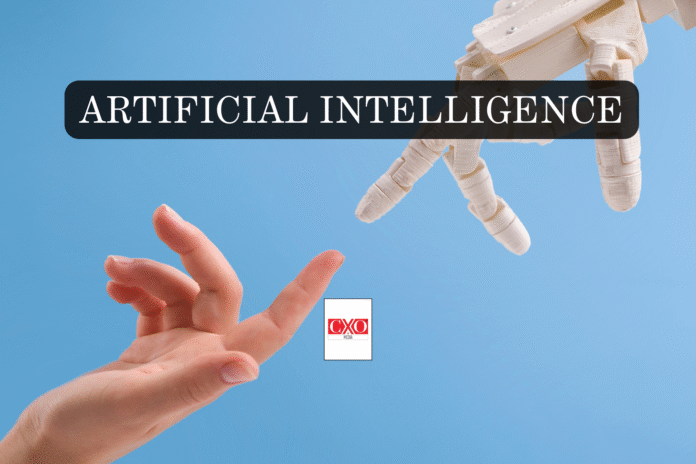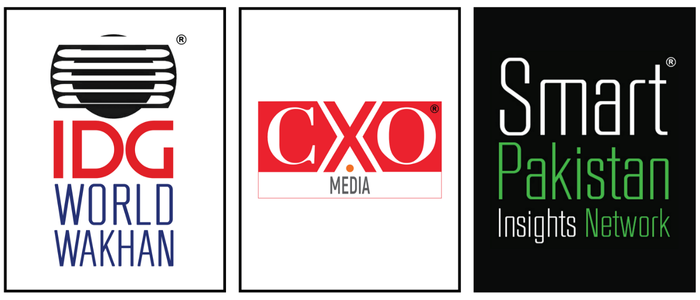As generative AI continues to transform the business landscape, companies are eager to harness its power to boost productivity and reduce costs. However, many are struggling to translate productivity gains into meaningful cost savings. To bridge this gap, executive teams must adopt a proactive approach, leveraging zero-based redesign (ZBR) to unlock generative AI’s full potential.
The first wave of generative AI deployment has only scratched the surface of its potential to enhance the speed and quality of work. In areas such as decision making, content creation, and complex data analysis, generative AI is already improving productivity. However, executive teams and boards are finding that these productivity gains aren’t turning into meaningful cost savings.
Three key barriers are blocking generative AI cost savings:
- Lack of clear cost mission:
The most powerful performance improvement initiatives start with a clear cost mission. For the deployment of a new technology or similar cost transformation tool, that mission might be bound up in an ROI target and a clear timetable for achieving it, for instance. This sort of upfront commitment ensures that teams remain focused on the right outcomes, even if the size and timing of the expected savings might fluctuate as the plan progresses. - Insufficient internal sponsorship: Generative AI execution requires a broad mix of expertise from technology teams and specialists in business units and specific functions. It also needs sponsorship from an executive leader who is responsible for taking out cost in the function. In our experience, that buy-in hasn’t always been happening, leading to situations in which technology and analytics teams circulate predictions of imminent multimillion-dollar cost savings—only to be met with bewilderment from a functional executive leader who should have been looped in from the outset.
- Outdated end-to-end processes: Reducing cost is hard and does not happen organically—as a spontaneous by-product of experimentation, for example. It requires management to commit to a fundamental redesign of work that will often require an organizational overhaul, targeted headcount reduction, and change management.
To overcome these barriers, companies can combine ZBR with generative AI to:
– Simplify and streamline workflows
– Eliminate unnecessary tasks and processes
– Redesign organizational capacity to match new efficiency levels
Generative AI is already creating new possibilities for radical simplification. By reimagining processes in the generative AI age, companies can remove complexity, eliminate low-value activities, and enhance operational effectiveness.
Leading companies are already achieving cost savings of up to 25% by combining end-to-end process redesign with generative AI tool deployment. By embracing this proactive approach, companies can unlock generative AI’s full potential, achieving cost savings and positioning themselves for long-term success.
A Powerful Partnership: Zero-Based Redesign and Generative AI
ZBR has long been a powerful tool for driving cost savings and improving operational efficiency. By pairing ZBR with generative AI, companies can amplify its impact and achieve transformative results. Generative AI is already creating new possibilities for the radical simplification that’s at the heart of ZBR. That doesn’t mean knee-jerk automation of entire processes, with all the inefficiencies they might contain in their current state. Instead, it’s about reimagining what each process should look like in the generative AI age—factoring in all the new tools that the technology is making available—and then retaining only the essential steps from those workflows.
Consider the manual data collection that goes into financial planning. Today, it’s likely that some of this manually collected data gets used, some not. Rather than rush blindly down the path of wholesale automation, a true generative AI–powered cost transformation would only automate collection of the data that matters, ceasing the unnecessary work altogether.
Across functions, generative AI is starting to amplify the abilities of human workers. In financial planning, for example, human professionals can now outsource the first draft of a forecast to AI tools that are geared to handling complex models more efficiently, allowing those expert workers to focus on the more value-added task of refining later drafts. Improvements such as these will increasingly expand a company’s capacity to get things done. So, once a generative AI–powered cost transformation has identified the work that’s necessary and how it should be done, the final step is to reset organizational capacity accordingly.
Real-World Results
At leading companies, generative AI–powered cost transformation is already starting to deliver the deep cost savings of up to 25% that we identified earlier as an example of best practice. It’s also allowing some high-growth businesses to increase revenues faster than costs by limiting the accretion of new spending commitments as they push forward.
After disappointing results from one-off generative AI experiments, one wealth and asset manager is now pursuing $1 billion of annualized savings—about 20% of its entire cost base—identified in a cost transformation roadmap that combines end-to-end process redesign with generative AI tool deployment. In finance and compliance, for example, the combined approach is automating reporting and analysis, reducing workloads by more than 40%.
Crucially, executive teams can blend ZBR and generative AI without breaking stride. An achievable plan can be in place within six months in many cases, with as much as half the expected value realized within the first year.
By better positioning businesses for a thriving future, cutting-edge cost transformation can also win over employees—even to the extent of creating a double-digit improvement in their willingness to recommend the company as a place to work.
Key Questions to Spark Transformation
- Have we fundamentally rethought how efficient workflows and processes can be in light of generative AI’s transformative potential?
- Do we have a path to translating generative AI experiments into scale efficiencies and tangible financial return on investment?
- Do we have a clear perspective on how our organization will evolve as generative AI’s capabilities rapidly advance?
By addressing these questions and embracing a proactive approach, executive teams can reconnect productivity and savings in the generative AI era and drive sustainable cost savings. The journey to achieving these benefits won’t be easy, but it will be worthwhile. By pairing generative AI with ZBR, companies can unlock new levels of efficiency, productivity, and innovation, ultimately positioning themselves for long-term success in a rapidly changing business landscape.





